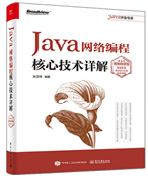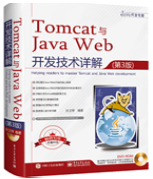IO //Initializes The Object User1 user = new User1();//Write Obj to File ObjectOutputStream oos = null ;try {new ObjectOutputStream(new FileOutputStream("tempFile"));catch (IOException e) {finally {//Read Obj from File File file = new File("tempFile");null ;try {new ObjectInputStream(new FileInputStream(file));catch (IOException e) {catch (ClassNotFoundException e) {finally {try {catch (IOException e) {//Initializes The Object User1 user = new User1();//Write Obj to File ObjectOutputStream oos = null ;try {new ObjectOutputStream(new FileOutputStream("tempFile"));catch (IOException e) {finally {//Read Obj from File File file = new File("tempFile");null ;try {new ObjectInputStream(new FileInputStream(file));catch (IOException e) {catch (ClassNotFoundException e) {finally {try {catch (IOException e) {
static void readNIO() {null ;new FileInputStream(new File(pathname));// 字节 ByteBuffer bf = ByteBuffer.allocate(capacity);/* catch (FileNotFoundException e) {catch (IOException e) {finally {null ) {catch (IOException e) {void writeNIO() {null ;new FileOutputStream(new File(filename));// 字节缓冲的容量和limit会随着数据长度变化,不是固定不变的 System.out.println("初始化容量和limit:" + src.capacity() + ","/* catch (FileNotFoundException e) {catch (IOException e) {finally {null ) {catch (IOException e) {
public class ReadFromFile {public static void main(String[] args) throws Exception {while (!result.isDone()) {class ProfitCalculator {public ProfitCalculator() {public static void calculateTax() {public class WriteToFile {public static void main(String[] args) throws Exception {new CompletionHandler<Integer, Object>() {public void completed(Integer result, Object attachment) {public void failed(Throwable e, Object attachment) {
https://blog.csdn.net/u010541670/article/details/91890649 www.javathinker.net
网站系统异常
系统异常信息
Request URL:
http://www.javathinker.net/WEB-INF/lybbs/jsp/topic.jsp?postID=3903&pages=31本站管理人员 。













